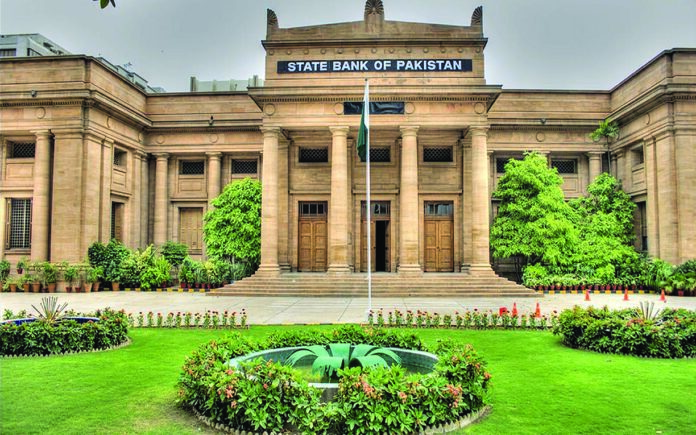That the State Bank of Pakistan (SBP) decided to increase the interest rate in November was no surprise. It was the degree by which it decided to do so – a whopping 150 basis points to 8.75%- that took everyone by surprise.
Though, in hindsight, it had been coming for weeks now. To recall, the SBP had aggressively slashed the benchmark interest rate from 13.25% in January 2020, to 7% by June 2020 to minimise the impacts of Covid-19 on the economy. It then proceeded to keep the interest unchanged for six consecutive monetary policy committee meetings during a 13 month period. Finally, in September it raised the interest rate to 7.25%, a move that caught analysts off guard, many of whom were expecting the central bank to leave the rate unchanged.
What gives? The central bank had earlier stated that “With risks rotating from growth to inflation and the current account faster than expected, there is now a need to proceed faster to normalise monetary policy to counter inflation and preserve stability with growth.” And there is reason to be panicked: inflation shot past the expected range of 7 to 9% for this year to 11.5% in November alone. The utterly absurd prices in the market have caused great trepidation across the board.
This combination of rising inflation and rising interest rates has a definite spillover on banks. According to Jehanzaib Zafar, analyst at AKD Securities, in a note sent to clients on December 6, since the start of the fourth quarter of calendar year 2021, the secondary market yields have jumped up by as much as 335 basis points owing to those same fears.
And that means the local banking sector is actually in a sweet-spot, as a steep escalation in revaluation rates will signal an earlier than expected loan repricing. This is expected to be reflected in the quarterly
net interest margins of the banking sector where higher yields will push up the funded income of the banks. So those banks that have a higher mix of the current account in the overall deposit mix, like UBL Bank Alfalah, and Bank Al Habib, will most likely outperform their peers.
Conversely however, Zafar noted that though the banks’ core income stands to benefit from the higher yields, there is still the one time loss arising from the revaluation of investments to consider. Consider: the yields during the 3rd quarter of calendar year 2021 moved upwards in the range of 30-90 basis points, which resulted in a decline in the revaluation surplus of the banks, thereby trimming the respective book values by 1%-3%.
“However, the magnitude of the revaluation loss will be much bigger this time owing to inordinate rise in
secondary market yields and will mimic what we saw during fourth quarter of calendar year 2018, where we had a similar jump in secondary market yields and the same resulted in 5% – 9% decrease in
the book values banks,” said Zafar.
So what does this mean for individual banks? According to Zafar, that depends on three factors: the quantum of floating rate securities; maturity profiles of investments; and a shift in investment avenues during the quarter.
Zafar expects banks like Bank Alfalah and MCB, which have distinctly shorter weighted average maturity profiles, to do well. But banks like Bank Alflaah, which have 13% of their investments held for trading portfolio will underperform.
Something else to watch out for: with book value eroding, amid jumps in secondary market yields, the capital buffer available to banks is also expected to erode. This in turn will have repercussions for the payouts from banks with limited capital buffers. According to Zafar, the banking sector payout during the quarter may take a slight hit, as was seen during 2018 and 2019.
“However, the currency depreciation that has been witnessed during the quarter may mitigate the hit somewhat owing to the translation gains for banks with foreign operations such as UBL and HBL,” said Zafar.


























